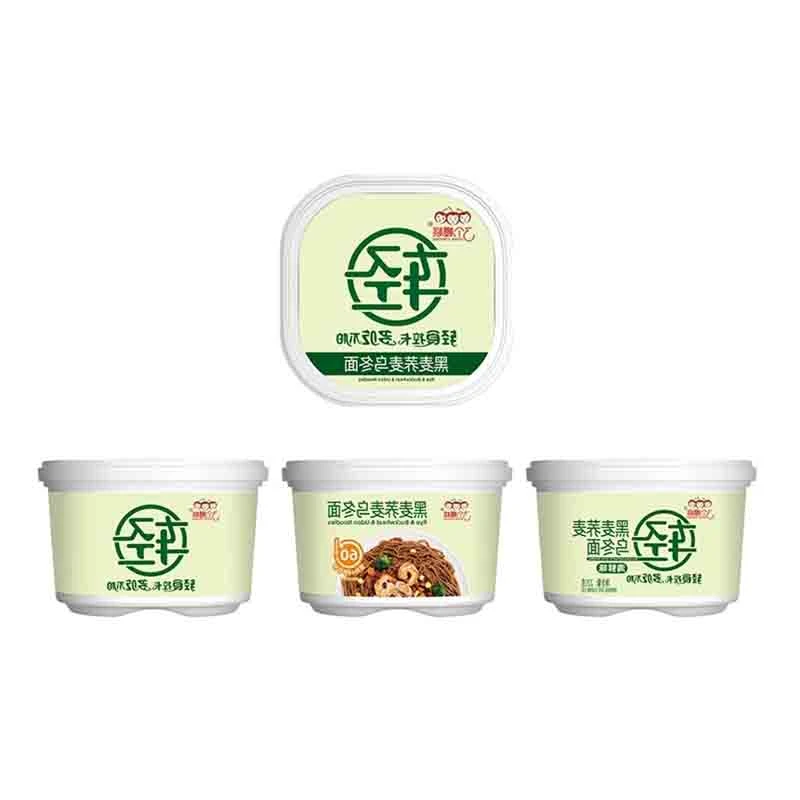Healthy Asian Noodle Recipes Suitable for Diabetics and Blood Sugar Management
Asian Noodles for Diabetics Nutritious and Delicious Options
Noodles are a staple in Asian cuisine, known for their versatility and rich flavors. However, for individuals managing diabetes, choosing the right type of noodles is crucial to maintaining blood sugar levels. Fortunately, there are several options available that not only satisfy cravings but also align with diabetic-friendly diets. This article explores nutritious Asian noodle alternatives and how to incorporate them into a diabetic diet.
The Impact of Carbohydrates
Carbohydrates significantly affect blood sugar levels, making it essential for diabetics to choose their sources wisely. Traditional noodles made from refined wheat can lead to spikes in blood sugar. Therefore, it's advisable to look for options that are lower in glycemic index (GI) and contain more fiber, as these can help stabilize blood sugar.
Whole Grain Noodles
Whole grain noodles are an excellent substitute for regular noodles. Made from whole wheat flour or brown rice, these noodles retain the bran and germ, which provide fiber, vitamins, and minerals. Fiber slows down the digestion of carbohydrates, resulting in a more gradual release of glucose into the bloodstream. Whole grain soba noodles, made from buckwheat, are not only high in fiber but also contain beneficial nutrients like protein and antioxidants.
Shirataki Noodles
For those looking for an ultra-low-carb alternative, shirataki noodles are a fantastic option. Made from the konjac yam, these noodles are almost calorie-free and contain very few carbohydrates. Their unique texture makes them suitable for stir-fries, soups, or even salads. Shirataki noodles are particularly appealing for those on a ketogenic or low-carb diet, making them a popular choice among diabetics.
asian noodles for diabetics

Rice Noodles
Rice noodles, commonly used in dishes like pho and pad thai, can be a viable option for diabetics when consumed in moderation. Brown rice noodles are preferable as they provide more fiber and nutrients than their white rice counterparts. However, portion control is key. Pairing rice noodles with plenty of vegetables and a protein source like chicken or tofu can help balance the meal and keep blood sugar levels stable.
Vegetable Noodles
Another creative approach to enjoy noodles while managing diabetes is to substitute traditional noodles with vegetable noodles. Spiralized vegetables such as zucchini (often called zoodles) or carrot noodles provide a colorful and nutrient-dense alternative. These vegetable noodles are naturally low in carbohydrates, making them an excellent choice for a hearty, healthy meal. Sautéing them with some olive oil, garlic, and a splash of soy sauce can create a dish that is both satisfying and diabetes-friendly.
Incorporating Asian Ingredients
When preparing noodle dishes, focus on incorporating other Asian ingredients that benefit diabetic management. Using fresh vegetables such as bok choy, bell peppers, and mushrooms enhances the nutritional value and provides additional fiber. Incorporating proteins like tofu, shrimp, or chicken can create a balanced meal. Additionally, seasoning with ginger, garlic, and herbs not only adds flavor but may also have anti-inflammatory properties.
Conclusion
Navigating dietary choices while living with diabetes can be a challenge, but it doesn’t have to mean giving up beloved dishes. By opting for whole grain, shirataki, rice, or vegetable noodles, individuals can enjoy the flavors and textures of Asian cuisine. Remember to pay attention to portion sizes and combine noodles with high-fiber vegetables and lean proteins for a balanced meal. With thoughtful choices, it’s possible to indulge in delicious Asian noodles while effectively managing blood sugar levels. Embracing these healthier options can lead to satisfying meals that contribute to overall well-being.
-
Unleash Your Inner Chef with Delectable Italian Pasta CreationsNewsAug.01,2025
-
Savor Health and Flavor: Irresistible Soba Noodles for Sale Await!NewsAug.01,2025
-
Nourish Your Body with Premium Organic Ramen - A Culinary Delight AwaitsNewsAug.01,2025
-
Elevate Your Dishes with Our Exquisite Kinds of Egg NoodlesNewsAug.01,2025
-
Dive into Flavorful Convenience with Our Ramen OfferingsNewsAug.01,2025
-
Discover Exquisite Types of Naengmyeon and Chilled Soba NoodlesNewsAug.01,2025
-
Is Whole Wheat Pasta Healthy?NewsMay.30,2025
Browse qua the following product new the we

















































































































